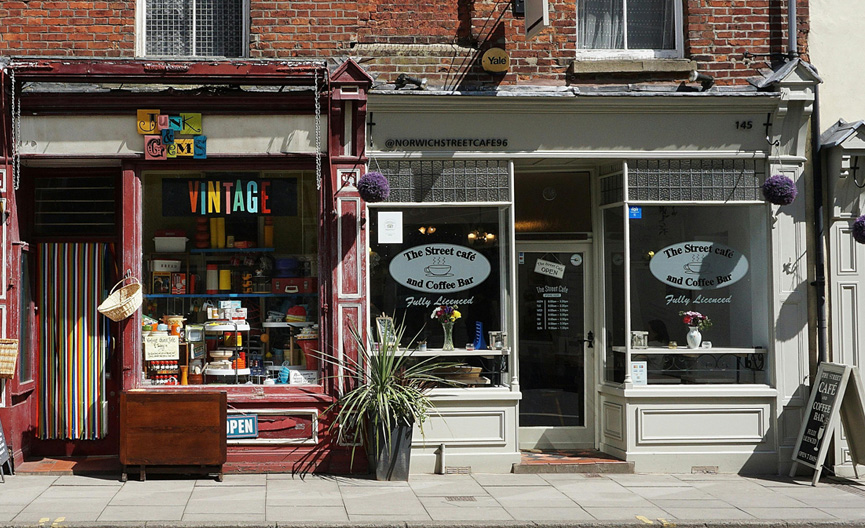Before it became part of the London Borough of Newham, Beckton belonged to Essex. What started out as open marshland quickly grew into one of East London’s busiest industrial hubs, and today it’s transformed again into a lively residential neighbourhood.
For over a century, the Beckton Gas Works dominated the area. Once the biggest of its kind in Europe, it kept London running from 1870 until it finally closed in 1969. Alongside it, the Beckton Sewage Treatment Works gave the suburb an important role in keeping the city moving. Together, they tell the story of Beckton’s industrial might – and how the area has had to adapt and reinvent itself over time.
What Beckton Was Known For: From Beckton Gas Works to the Beckton Alps
Much of Beckton’s history is tied to two major sites: the Beckton Gas Works and the Beckton Sewage Treatment Works. For over a century they kept London running, shaping the area’s reputation as an East End powerhouse of industry.
The gasworks, built in 1868 by Simon Adams Beck, gave the area its name. At its height it employed 4,500 people and supplied gas to more than four million Londoners, making it the largest of its kind in Europe. When it finally closed in the 1970s, the site left behind huge ash mounds that became known as the Beckton Alps.
Over the years, the gasworks site went through some dramatic changes:
- 1970s – Gas production stopped and the site was abandoned, leaving spoil heaps of ash.
- 1980s – Most of the Alps were cleared as part of wider redevelopment across Beckton.
- 1989 – One remaining heap was turned into a 25-metre ski slope, opened by Princess Diana.
- 2001 – The slope closed, and the land was later reclaimed by nature as a wildlife reserve.
The Beckton Sewage Treatment Works tells a different but equally defining story. Opened in 1864 under engineer Joseph Bazalgette, it was designed to carry waste away from central London. Still operational today and run by Thames Water, it has been expanded and modernised many times, making it one of the largest sewage plants in Europe — and the reason why locals have long asked, “Why does Beckton smell?”
The Docklands Light Railway: Beckton’s Fast Track to Change
Whether you live nearby or you’re just passing through, the Docklands Light Railway (DLR) is one of the easiest ways to get around East London. Its driverless trains give you a clear view over the city, making even a short journey feel a bit different from the usual commute. For Beckton, the DLR has been more than a convenient link — it’s been a turning point.
When the line was extended in 1994, it gave the area direct links to Canary Wharf, Stratford, Bank and even London City Airport. The new station and depot weren’t just useful — they became central to the whole DLR network, with Beckton still acting as the main control hub today.
In many ways, the story of the DLR and the story of Beckton go hand in hand: as the railway grew, so did the neighbourhood, shifting from its industrial roots into a residential part of East London with the city right on its doorstep.
Where is Beckton located in East London and How Can I Visit?
Nestled in East London’s borough of Newham, Beckton sits on the north bank of the Thames. It’s close to Barking and the Docklands, giving residents the advantage of strong transport links while keeping a more residential feel.
Beckton is also highly accessible, if you are planning to visit. The A13 runs right past, giving you quick road links into central London or out towards Essex. London City Airport, the Royal Docks and Excel London are just a short drive away, and the Docklands Light Railway (DLR) brings you straight into Beckton with direct trains to the surrounded areas and the city centre.
That makes it a convenient spot if you’re moving house, renovating, or running a business nearby. And if you need secure storage while you do it, our our Attic Self Storage facility in Beckton is right on hand.




